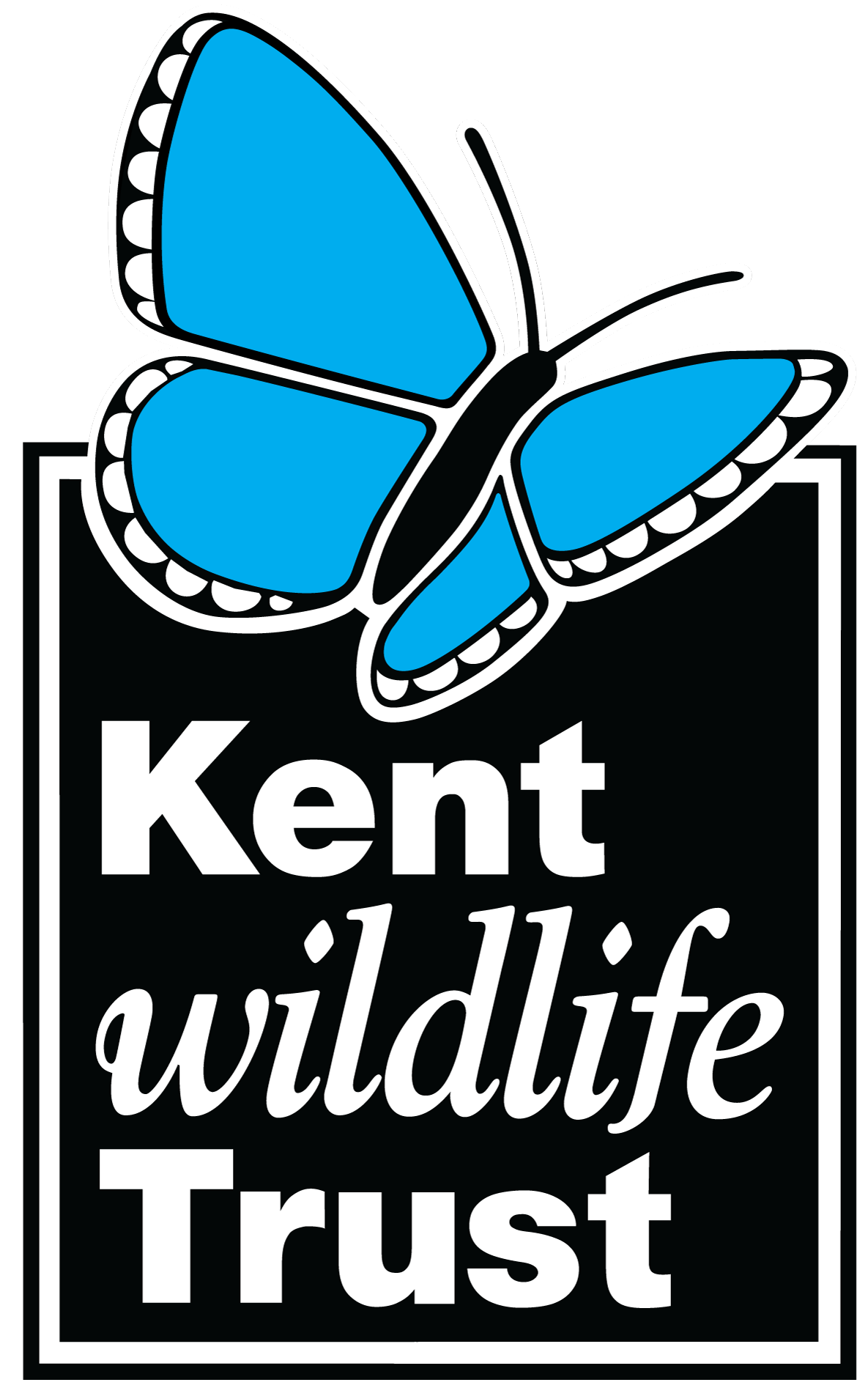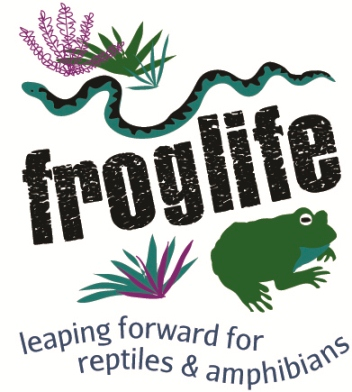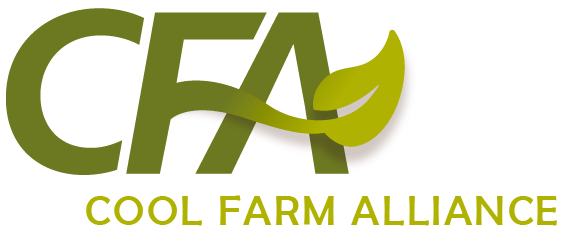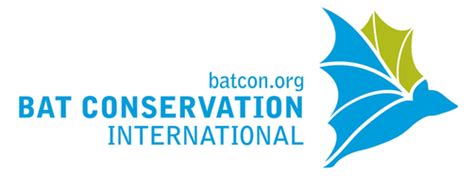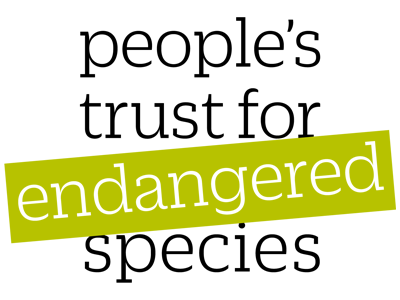Establish temporary fishery closures
-
Overall effectiveness category Awaiting assessment
-
Number of studies: 5
View assessment score
Hide assessment score
How is the evidence assessed?
-
Effectiveness
not assessed -
Certainty
not assessed -
Harms
not assessed
Study locations
Supporting evidence from individual studies
A replicated, controlled, before-and-after study in 2008–2009 of a large bottom fished area in the North Sea, off northeast Scotland, UK (Holmes et al. 2011) found that fixed temporary seasonal area closures had little effect on reducing fishing effort for Atlantic cod Gadus morhua during implementation, but real-time area closures reduced overall cod landings and discards. A reduction in the number of vessels operating within the fixed closure areas (45–69 days) was found in only one of three areas, compared to the 14 days before closure (during: 3 vessels, before: 8 vessels) and was lowest in the 14 days after closure (1 vessel), while for the other two closure areas, vessel activity was similar (during: 2–4 vessels, before: 3–4 vessels, after: 1 vessels). A fourth area closed initially for four months (1 December 2008 to 31 March 2009) was kept closed for at least a year because test catch rates of cod exceeded the threshold set for re-opening. In addition, separate real-time closures implemented in 2009 resulted in estimated overall annual reductions in cod catch (landings and discards) of 707 t. Seasonal (total of four) and real-time (maximum of 12 at any one time, closed for 21 days when cod catch rate threshold exceeded) closures were implemented for Scottish vessels in 2008 and 2009 to control fishing effort and reduce mortality and discarding of cod (activity by non-Scottish vessels not required to adhere to closures was recorded). Data were collected in 2008–2009 from landings and monitoring systems of vessels fishing in and around the closure areas.
Study and other actions testedA study in 2007–2012 of a seabed area in the Gulf of St. Lawrence, Northeast Atlantic Ocean, Canada (Le Bris et al. 2013) found that over five years tagged adult cod Gadus morhua showed frequent and long-term use of a seasonally closed spawning area established for five years that prohibited fishing for bottom dwelling fish, and thus had increased protection from fishing. Data were not statistically tested. Tagged adult cod spent an average 28% of time (range 0–72%) inside the closed area during its enforcement period and were at liberty for 224–746 days before capture, indicating long-term survival. Movement patterns of different groups of cod indicated that migratory cod used the area more extensively (13–72%) than non-migratory cod (0%). In addition, 17 tags from the 353 adult cod tagged were returned (i.e. captured; the fate of the other 336 is unknown). A closed area of 5,000 km2 was implemented in 2002 prohibiting all ground fishing activities yearly from April 1st to June 15th. Between 2007–2012, a total of 353 cod were captured using baited handlines and surgically implanted with data storage tags. Of the 17 tags returned, complete data from 14 were used to reconstruct cod movements.
Study and other actions testedA replicated, controlled study in 2009 of reef fisheries in the Philippine Sea, Palau, Micronesia (Bejarano Chavarro et al. 2014) found that the implementation of a temporary closed season for groupers Serranidae resulted in higher spear fisher catch rates of herbivorous fish by number but not by weight, compared to the open season, and indicated an increase in the targeting of these species by spear fishers. Average catch numbers of herbivorous fish actively targeted by spear fishers throughout the year were higher during the closed grouper season (7 fish/person/h) than the open season (4 fish/fisher/h), but there was no difference in catch rates by weight (closed: 4, open: 3 kg/fisher/h). For other groups of herbivorous fish (harvested opportunistically or normally avoided), catch rates were higher during the closed season by both number (closed: 2.2, open: 0.6 fish/fisher/h) and weight (closed: 1.6, open: 0.5 kg/fisher/h). Since 1994, a closed season (April–July) for five grouper species was implemented to protect spawning fish. In 2009, daily surveys of reef fish landings were done at Koror fish market for two weeks during the open (18–31st March) and closed (13–26th July) grouper fishing seasons. Nineteen spear fisher catches during the closed season and 23 during the open season were sampled and ranked by category of herbivorous fish based on information given by the fishers: actively targeted (10 species), opportunistically harvested (24 species) and avoided (17 species). Species, weight and length was recorded for parrotfishes Scaridae, surgeonfishes and unicornfishes Acanthuridae and rabbitfishes Siganidae.
Study and other actions testedA before-and-after, site comparison study in 1986–2010 of an area of seabed in the north east Atlantic Ocean, western Scotland, UK (Clarke et al. 2015) found that a seasonal fishery closure implemented during the spawning period resulted in no change in catches, spawning stock biomass, length composition or mortality of Atlantic cod Gadus morhua in the nine years following implementation compared to before and to two fished areas. Data were reported as statistical model results. Catch/unit effort and spawning stock biomass of cod decreased after the seasonal closure was implemented, in both the closed area and two fished areas. The length composition of cod was similar between the closed and fished areas and did not change after the closure. Mortality rates differed between areas before and after the closure and intermediate mortality rates were found in the closed area compared to the two fished areas. Annual seasonal fishery closures from 6th March to 30th April were introduced in the Firth of Clyde in 2001 to protect spawning Atlantic cod. Cod were surveyed in one of two zones of the closure area, both closed to gears that target fish but permitted creeling and scallop dredging. Trawling for Norway lobster Nephrops was allowed in the surveyed zone but not in the adjacent zone (not surveyed). Cod landings and hours fished by vessels over 10 m along the west coast of Scotland were extracted from the Marine Scotland database. Cod data from within the closure and from two fished reference areas were obtained from scientific bottom trawl surveys for the period 1986–2010.
Study and other actions testedA replicated, before-and-after study in 2002–2011 of two bottom fishing grounds in the southwestern Mediterranean Sea, Spain (Samy-Kamal et al. 2015) found that seasonal fishery closures implemented for 10 years resulted in increased catch rates of red mullet Mullus spp. and total catch (fish and invertebrates combined) post-closure, but not European hake Merluccius merluccius, compared to before closure. For fisheries targeting red mullet, overall catch rates of red mullet (after: 162–407, before: 130–146 kg/vessel/day) and total catch (after: 1,526–1,898, before: 991–1,017 kg/vessel/day) were higher after closures, in both seasons. For hake fisheries, closures did not affect hake catch rates (after: 6–7, before: 5–6 kg/vessel/day) or the total catch rates (after: 18,679–22,406, before: 17,114–19,655 kg/vessel/day) in either season, but total catch rates varied between years. Annually from 2002–2011 in the Gulf of Alicante, seasonal fishery closures of one month/year were implemented in both northern and southern areas, the closure month alternating between areas normally from May-June and September-October. Fisheries landings data (species and weights) for all years were obtained from two ports (Dénia in the north and La Vila Joiosa in the south) and the data from five years (2004, 2006–2008 and 2010) used to estimate catch rates of species targeted as part of multi-species trawl fisheries before and after the closures.
Study and other actions tested
Where has this evidence come from?
List of journals searched by synopsis
All the journals searched for all synopses
This Action forms part of the Action Synopsis:
Marine Fish Conservation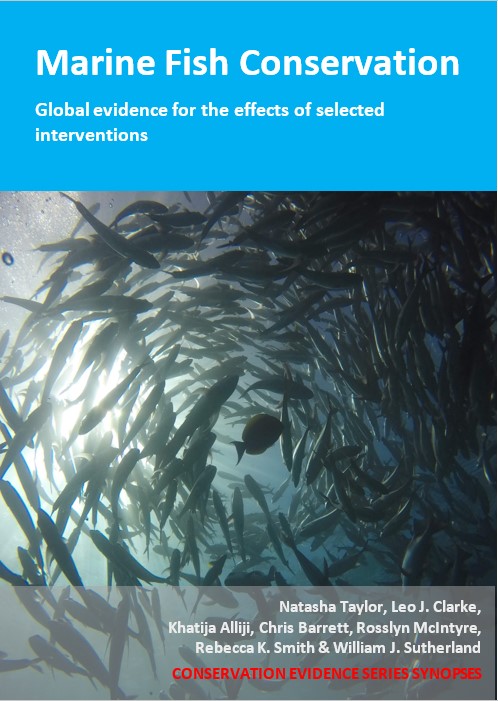

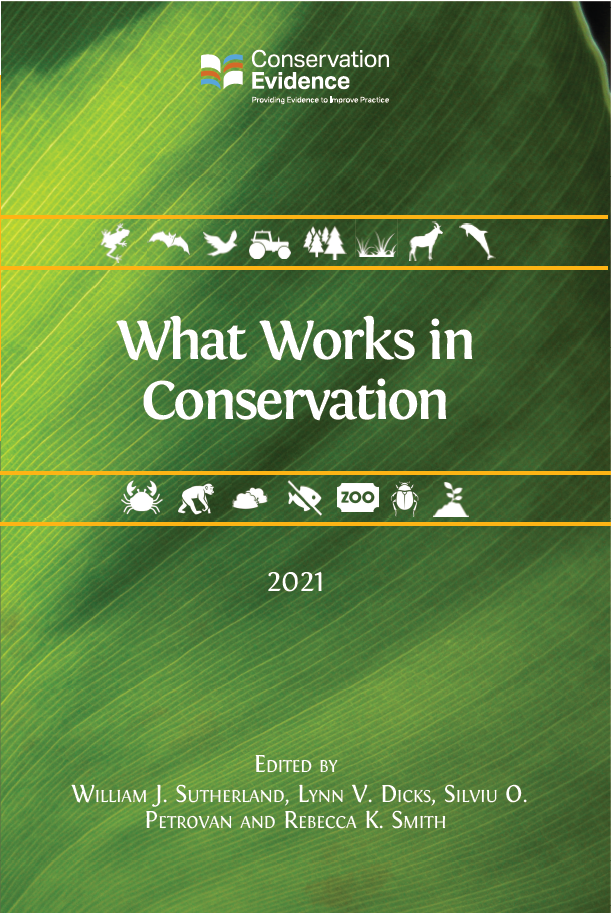
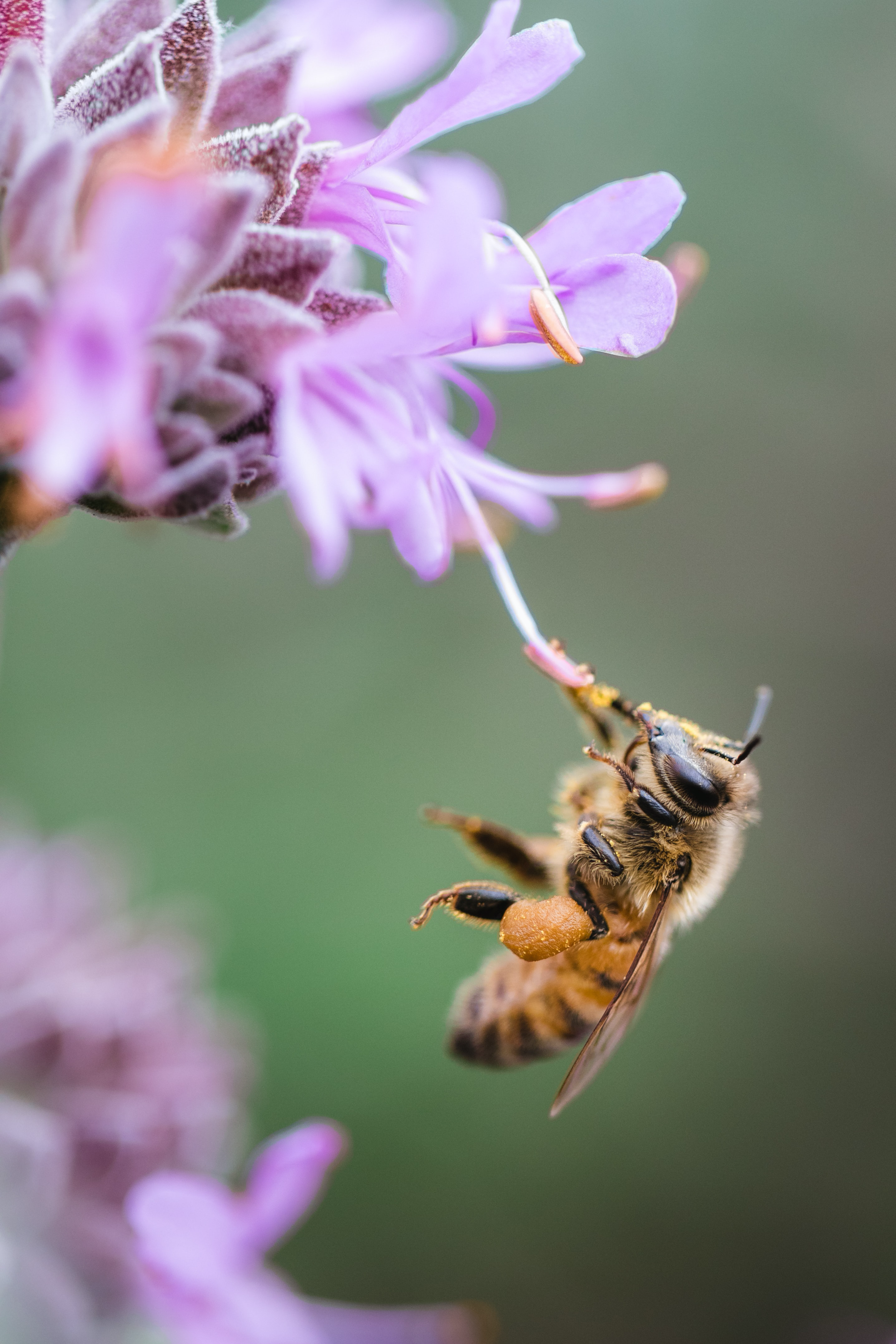

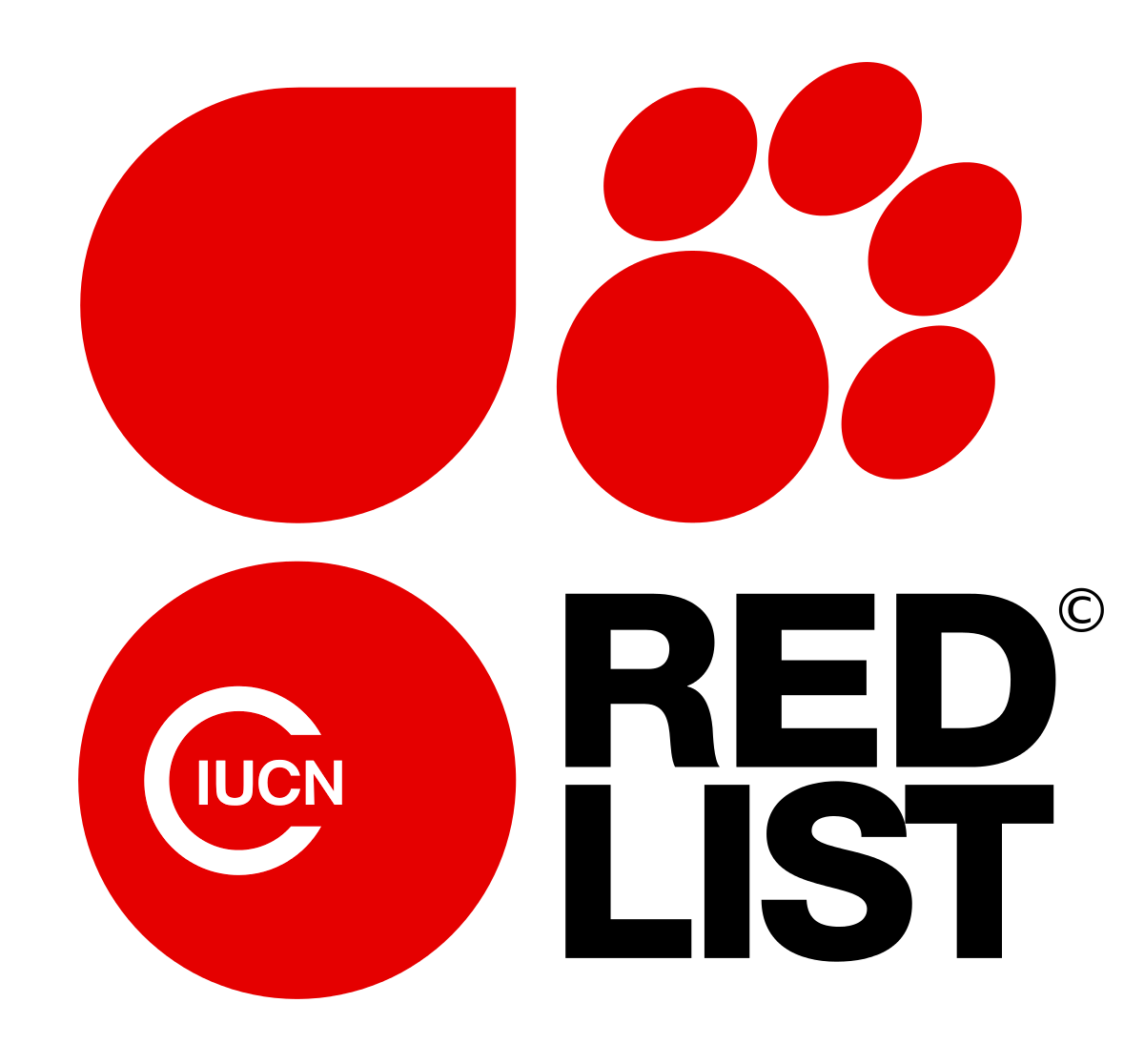
)_2023.JPG)
